FEUDAL SOCIETY
In the Middle Ages, there was a definite structure in society. You were born into a class of people and generally stayed in that class for your entire life. Working hard didn't change your status. Your clothing, food, marriage and homes were determined for you. After the rank of king, the hierarchy was the nobles, the clergy and the peasants.

PEASANTS
Most of the peasants were farmers. The farmers leased their land and also paid taxes to the lord and to the king.
Their life was hard because they worked many hours every day just to ensure that their family had a roof over their head and food to eat.
Children didn't go to school or have tutors, so few knew how to read.
Peasants generally married people from their own village and men were the head of the household and the wife was his property.
Religion was very important for them.
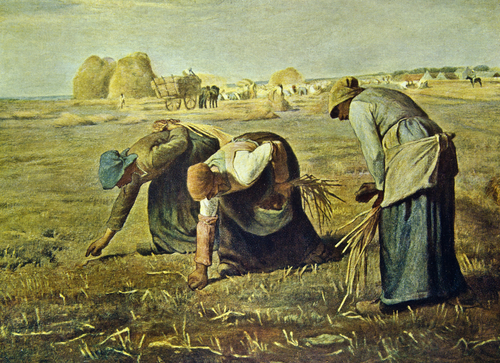
Peasants lived in towns on the lord's manor in houses of stone or of branches covered with mud and straw. Roofs were thatched and homes had two rooms with dirt floors and a few furnishings in the common room. The second room contained the beds for the whole family.
In winter, animals also lived in the common room and the fireplace also was in this room.
There were small windows without glass.

They were poor, and their clothing was usually rough wool or linel. The women wove the fabric and made the clothes. Peasants generally had only one set of clothing and it almost never was washed.
Men wore tunics and long stockings and women wore long dresses and stockingns made of wool. Also, both wore clogs made of thick leather and in cold weather they wore cloaks made of sheepskin or wool and wool hats.
Some peasants wore underwear made of linel, which was washed ``regularly´´and the most common colors for peasant clothing were brown, red or gray.
Children basically dressed in the same style as the adults.

Peasants generally live off the land. Their diet basically consisted of bread, porridge, vegetables and some meat.
The main crops were corn, wheat and beans.
Near their homes, peasants had little gardens that contained lettuce, carrots, radishes, tomatoes, beets and other vegetables. They also might have fruit and nut trees.
If a peasant was wealthy enoungh to have crows or goats, the family would have cheese and milk but many peasants died when the weather was too wet or too dry because their crops didn't grow and they didn't have food to eat.

CLERGY
SECULAR
Secular clergy were: cardinals, archbishops, bishops and priests.

Bishops: they wore lavish clothes. They wore hats called miters (a tall hat that looks like a pointed arch). Bishops wore beautiful religious garments that often were jeweled.
Priests: they often wore long black gowns.

Priests: they would mainly eat bread, fruit and stew, foods like beef and chicken weren't aloud because they were used more as a herd animal using milk and eggs instead of the meat they provided. But one thing that never changed was that every priest would eat fish on Friday.
Bishops: they lived with the same luxuries as the nobles in the Middle Ages.

Bishops: were accepted in court and generally lived with the same luxuries as the nobles in the Middle Ages. They administered to the needs of priests.
Priests: they weren't rich like the bishops. Priests cared for the spiritual life of people. They administered sacraments like baptisms and weddings, also priests were in charge of public church events as well as performing the rites of death and made pronouncements to the community that were given by the bishops or the pope.
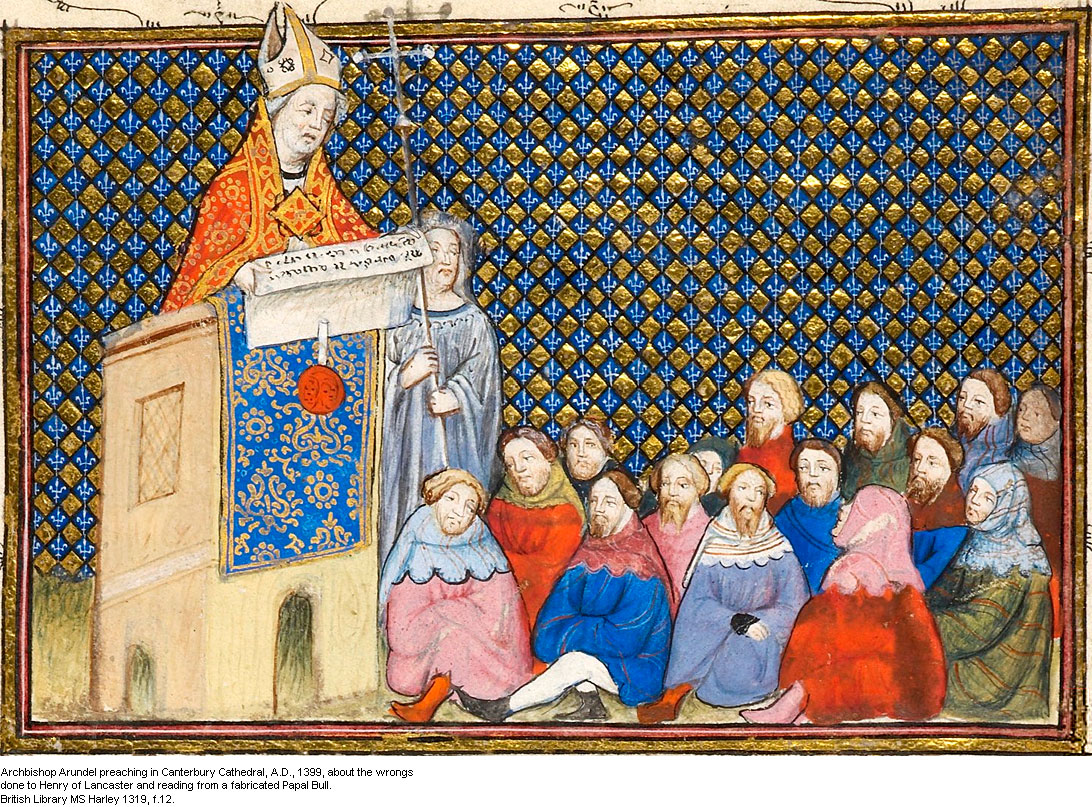
They lived near the church in their own houses.
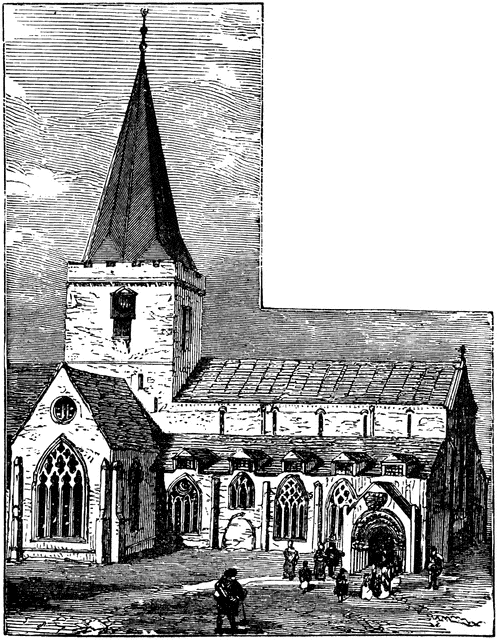
REGULAR
Regular clergy were: abbots, monks abbesses and nuns.

Monks: they wore brown gowns with hoods that often were made of wool. The gown was tied with a rope around the waist. They also often had a long cowl that hung straight down the front and the back. Monks were clean-shaven, but often they shaved a bald spot on the top of their head called a ``tonsure´´ as a symbol of humility.

Nuns: they generally were long gowns or tunics of black, grey or white. They were tied around the waist with a cloth or leather belt. Over the tunic was a scapular, which was a long piece of cloth with an opening for their head. It trailed down the front and back of their tunic. Some nuns wore a cross on a chain around their neck.

They didn't eat many food (only the necesary food9. They eat bread and other things like boiled dishes and lentils, but they did't eat many food. They drank beer.
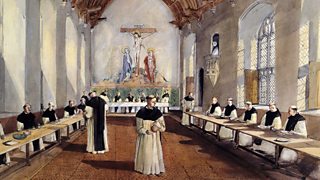
Monks: they served as examples of the perfect Christian life. They were scholars who sometimes copied the books of the Bible by hand. Monks also generally worked to support themselves in the monastery by gardening and land management, sometimes educated the sons of the nobles.

Nuns:n they were very devout and served to the people. Nuns sometimes were taught to read and write, but they weren't as scholarly as monks. They worked on manuscripts. Other less-educated nuns did harder work. Many families placed their daughters in convents and the convent was given a dowry for taking them. Older women who became widows were also sent to convents. This was often done so that the woman would have a secure life.
Monks: they lived in monasteries.

Nuns: they lived in covents.

NOBILITY
LIFE
WHAT
The nobility were a privileged social group, whose role was to militarily protect society.
Marriages were never based on love. They were arranged by the parents and often involved land issues and strategic bonds.
Men spent much time with hunting and falconry, knights gathered for``jousting´´tournaments. On the other hand women sewed, took care of children and ran the estate.

WHERE
Within the castle was a building called the keep where the nobleman and his family lived.
The castle consisted of a great hall that served as an office, dining room and dance hall. The upper floors contained bedrooms for the lord and his family, also, nobles' families had sitting rooms called solars where the family gathered to play games and listen to music. As well, there were stables and large kitchen, both of which were staffed by servants.
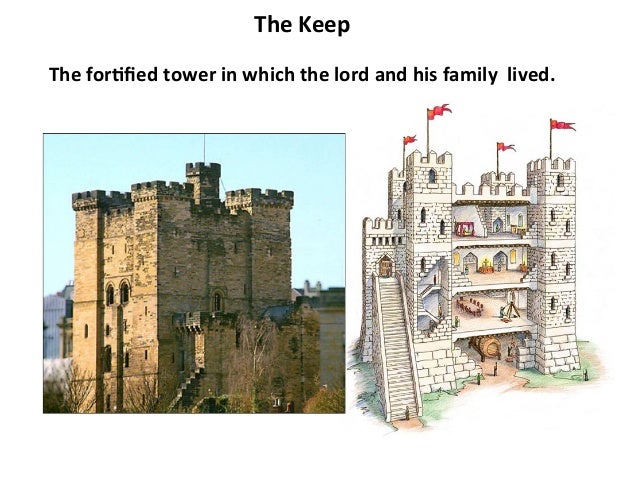
FOOD AND DRINK
Nobles ate rich and fancy food prepared by the servants. Many spices were used to make the food tasty.
People did not have forks, spoons or even cups. Only a knife was used to cut meat or bread. When nobles wanted a drink, the servants brought them a container that was used by everyone.
Flat pieces of dry bread called trenchers were used to hold the food and were shared by several people. The more important you were, the fewer the number of people who shared your trencher.

CLOTHING
Clothes were made of silk, velvet and damask, they worn bright colors.
Fur was used for linings or trimming.
Linen or silk was used for undergarments. In the winter, women wore undergarments of fur to keep warm. Undergarments were covered by a gown. Women also wore high headdresses shaped like hearts, butterflies, etc.
Men wore trousers covered by long coats called tunics.
Both men and women wore jewelry. Stone cutting had not yet been invented, so whole gemstones were used. Rings and pins were the most popular items.
Fancy clothes were a status symbol.






























